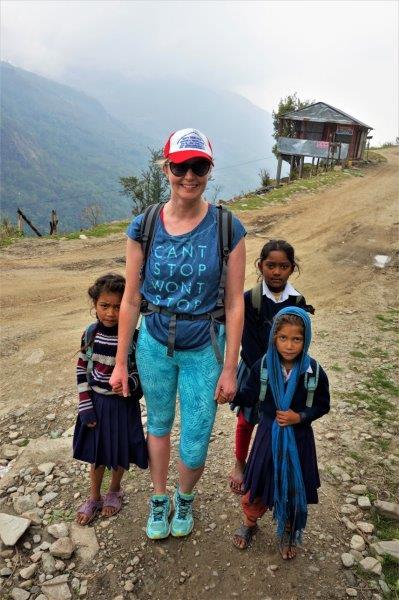A few weeks ago, some friends from Europe came to visit and we went on a road trip to Goa. The week before we left, the car air con started behaving erratically, and as a result a lot of the trip (10 hours long) was completed with the windows open and no cooling. At a place called Yellapur, it was 39oC, so you can imagine it was a sweaty trip. As soon as we arrived, I was into the water- there is nothing better than swimming in the sea, at sunset, after a long hot car journey.
I had previously been to Goa but really didn’t leave the beach, so this time, I was keen to explore the history of the area. The Portuguese lived in Goa for a long time, and one of our guests was from Portugal, so it was really great to have some of his culture popping up over India. There’s a lot of architecture, food, and cultural remnants of the Portuguese, making Goa a unique place in India.
I was also working while on holiday- a lot of time was spent like this.

A lot of working, swimming in the clear warm water of Palolem Beach, then back to my ‘desk’. Rinse, and repeat.
Portuguese History of Goa
However we did stay over a weekend and I planned two days of sightseeing. First stop: The Basilica of Bom Jesus. This church was constructed from 1594, and consecrated in 1605. It’s pretty amazing, and not what I expected to find in Goa. Inside, it’s gorgeously carved and a beautiful space. The chapel on the right holds the body of St Francis Xavier.



We then walked over the road, to the church of St Francis of Assisi. Another beautiful church, not as grand as Bom Jesus. At my Grandmother’s funeral, Granddad requested I read the St Francis of Assisi prayer, so I felt some level of connection here.

We then went to the tower of the church of St. Augustine. This 46m high tower and ruins are all that remains after this church was abandoned. Built in 1602 by Augustinian friars, the vault collapsed in 1842, and then the facade half the tower collapsed in 1931. A very cool place to explore but it was just too hot to hang out there too long.






Then, we headed off to visit one of the local forts. Fort Aguada was built in 1612 to guard from the Dutch and Marathans. It has a lighthouse and a freshwater spring that supplied water to the ships stopping by, hence the name, aguada, Portugese for water. It could store up to 2,376,000 gallons of water- huge.









Then, we went down to the beach. The fort actually includes the beach too.


Night Market In Goa
We then went to the night markets, in town. These are just what you’d expect. Hot, sultry, a confused chaos of vendors and tourists. We meandered, the guys purchased their wives some gifts, and just soaked up the atmosphere.




Goa Beaches are Heaven
We headed back a couple of days later. Of course, if I told you that paradise existed, and it was in India (and CHEAP) then I’m sure you wouldn’t believe me… however, we found it. I know why everyone in South India refers to Goa almost reverently… because the place is magic.
I personally would avoid the noisy, polluted, ‘party’ of North Goa and just head straight to South Goa. The seafood is out of this world (crab, lobster, prawns, fish…. all ultra fresh) and the view… well….



Hi Paula, my partner and I will be visiting Goa for the first time in September this year. I really enjoyed reading about it. Thanks very much. Best wishes, Freeda
LOVE Goa. I don’t think I’ll get back this season but I’ll be back for sure. Who knew paradise was so cheap? Let me know how you get on over here.
Fantastic read! Glad u r loving it in India. You must visit Goa during winters, especially during New Year. Lot of crowd (as u wud have already figured out by now!) but great time to enjoy- the weather and the atmosphere!